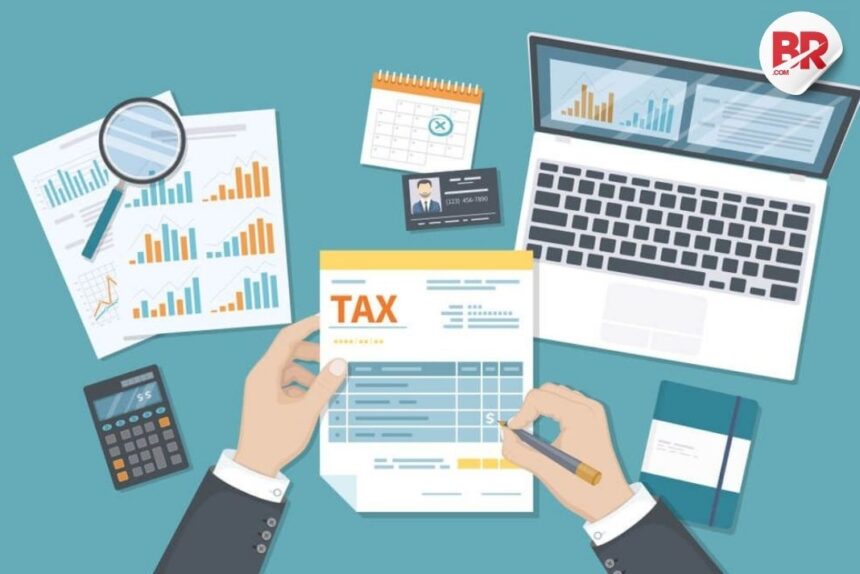Category III AIFs are among the most complex and exciting parts of India’s investment landscape. Yet, despite their growing popularity, one big problem remains: tax clarity is still missing. Introduced in 2012, these funds have matured over time, but confusion around how they are taxed hasn’t gone away.
Let’s break it down in simple terms.
What Are Category III AIFs?
To understand the tax issues, we need to first know what Category III AIFs are.
These are investment funds that can take higher risks to chase higher rewards. Unlike Category I or II AIFs—which focus on social infrastructure or early-stage ventures—Category III funds are allowed to use complex strategies. This includes leverage, derivatives, and short selling.
In short, these funds act like hedge funds. They aim for better returns but also come with more risk. This makes them popular among high-net-worth individuals and institutional investors looking for aggressive growth.
The Tax Confusion
Here’s where the trouble starts.
Right now, Category III AIFs are taxed at the fund level. That means the fund itself pays the tax on income before anything is distributed to the investors.
Many experts and industry leaders believe this is unfair and confusing. They are pushing for what’s known as a “pass-through status”.
Also Read: Understanding STP Meaning in Mutual Fund: A Comprehensive Guide
What Is Pass-Through Status?
With pass-through taxation, the income from the fund is taxed in the hands of the investor instead of the fund itself. This model is already followed in other fund categories and is popular globally.
Here’s why the shift makes sense:
- Simplicity: It removes the burden from fund managers and makes it easier for investors to manage their taxes.
- Fairness: Tax is based on each investor’s income bracket, making the process more equitable.
- Attractiveness: Global investors may be more willing to invest if the tax system is clearer and aligned with global practices.
Why Is Clarity Still Missing?
If this model has so many benefits, why hasn’t it been implemented yet?
Several reasons come into play:
- Regulatory complexity: India’s tax laws are detailed and often hard to amend quickly.
- Government revenue concerns: If taxes move from funds to individuals, the government fears it might lose revenue.
- Risk of misuse: If not monitored properly, some investors might exploit the new system for tax avoidance.
Also Read: Congress to Modi Govt: Who’s Really Benefiting from the Fuel Excise Duty Hike?
What’s Next for Category III AIFs?
The industry is not giving up. Dialogue continues between fund managers, investors, and government bodies like SEBI and the CBDT.
Until the rules are clarified, fund managers and investors need to stay alert. They must seek professional advice and plan carefully to avoid surprises at tax time.
For investors, this isn’t just about taxes—it’s about the future of smart investing in India.
Also Read: Government’s ₹2 Fuel Tax Hike: What It Means for Your Wallet




